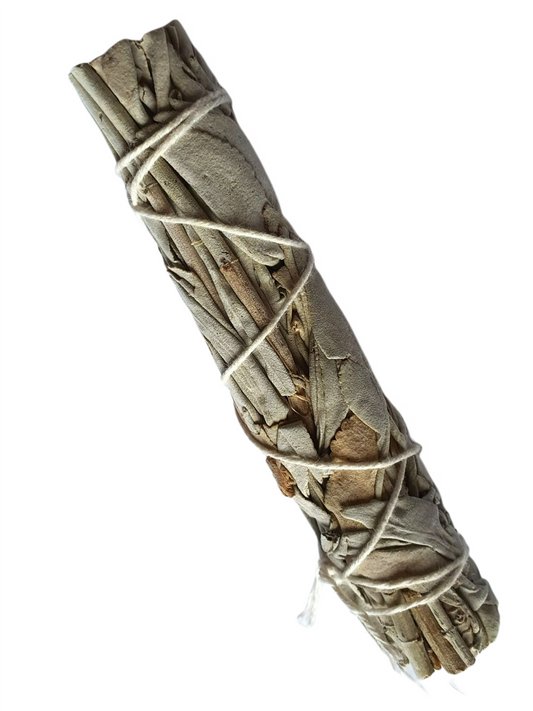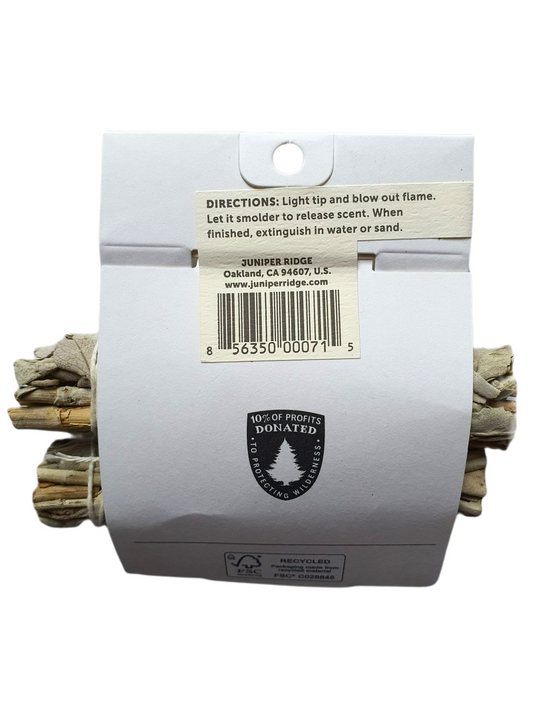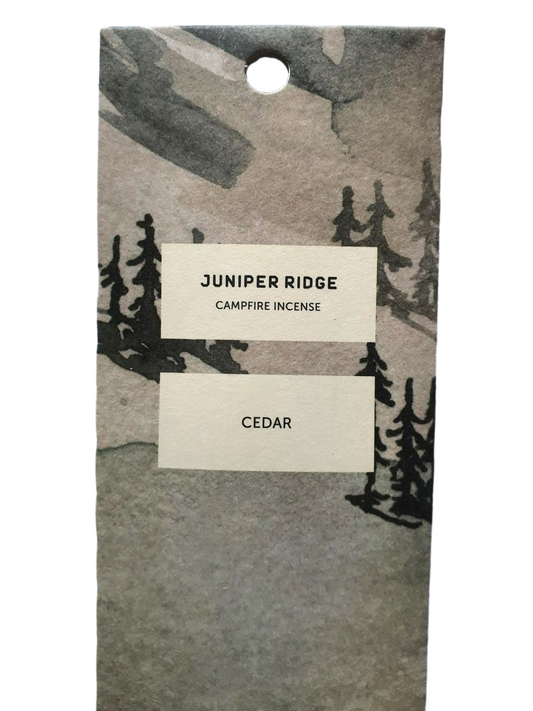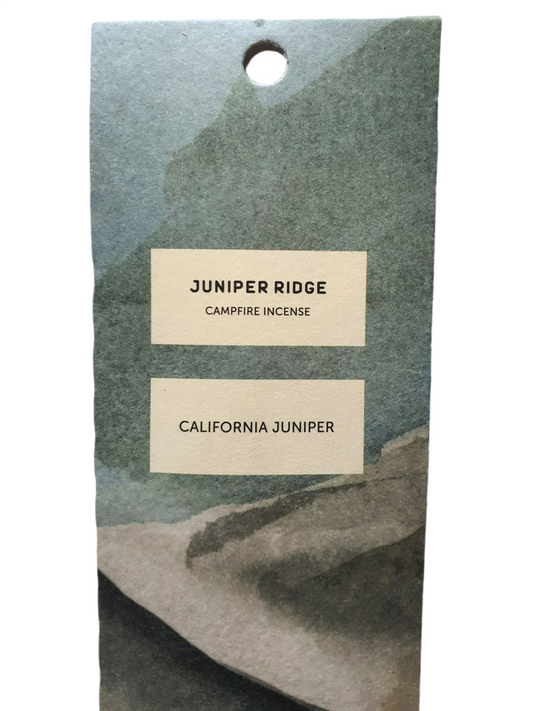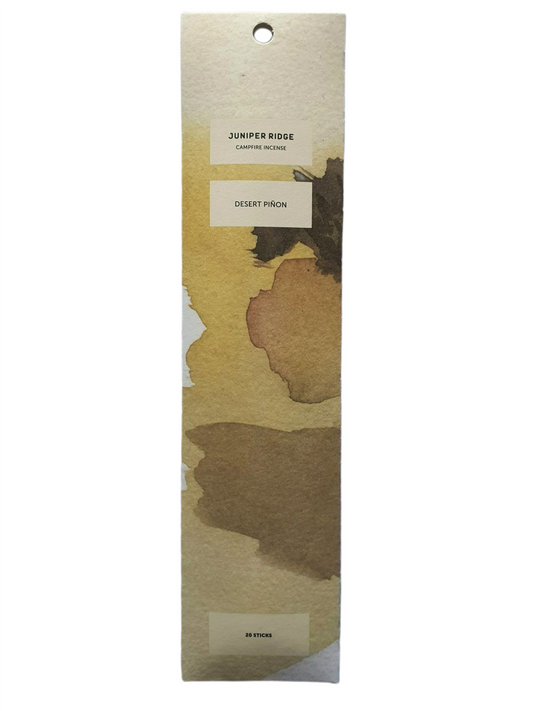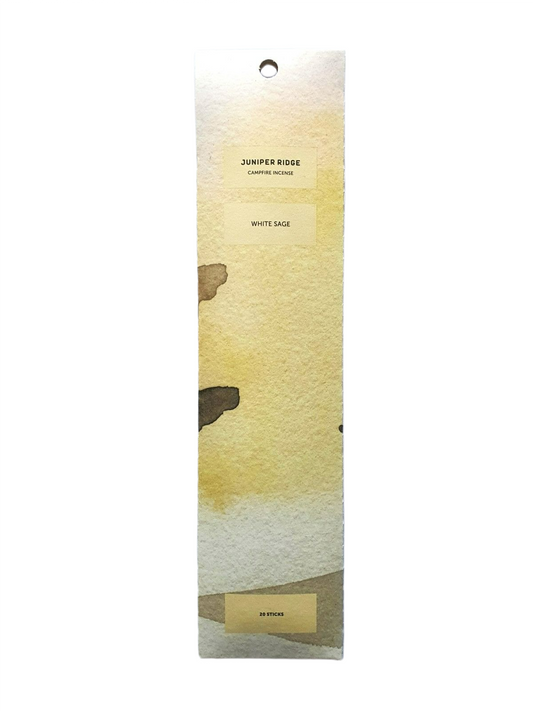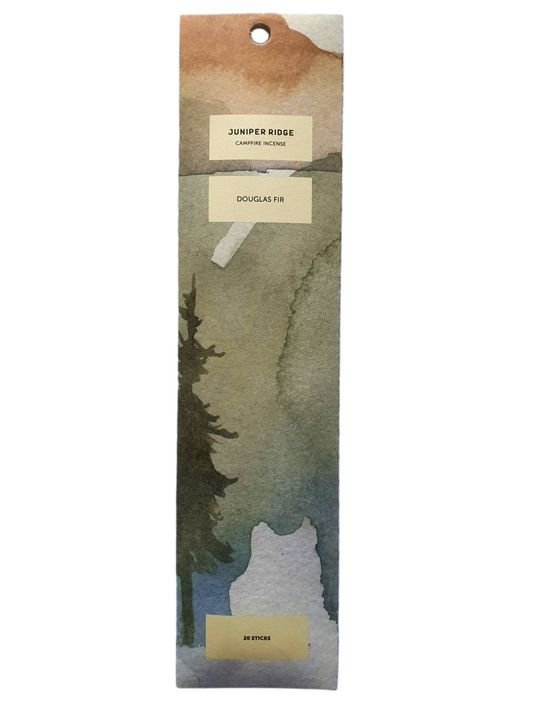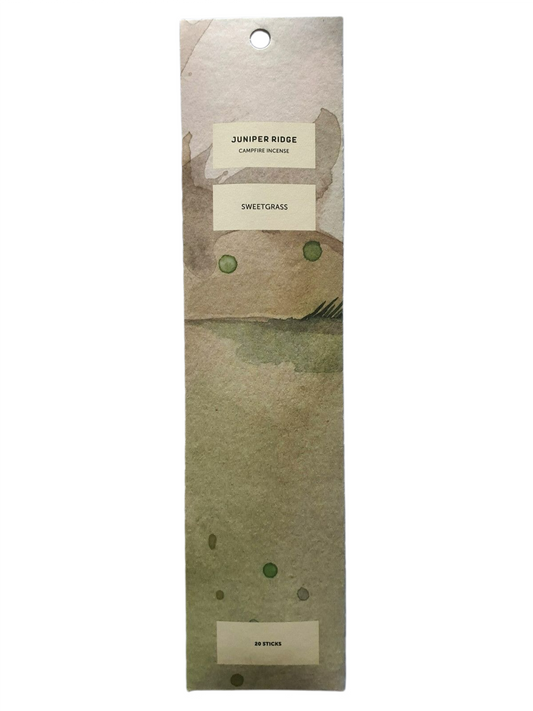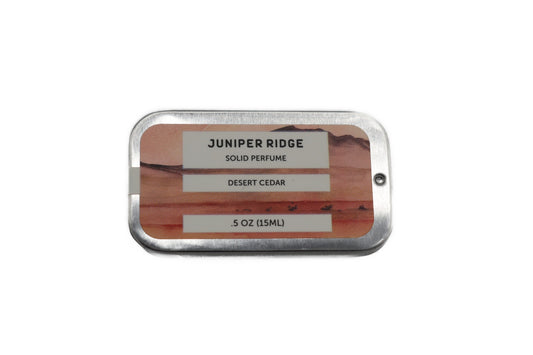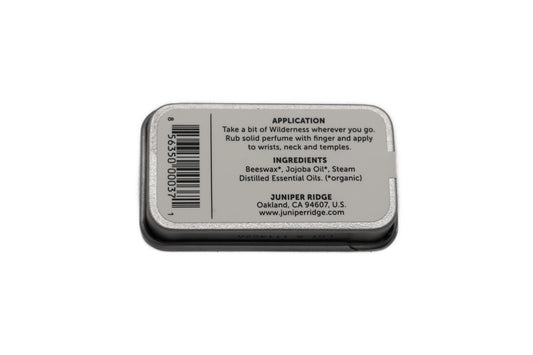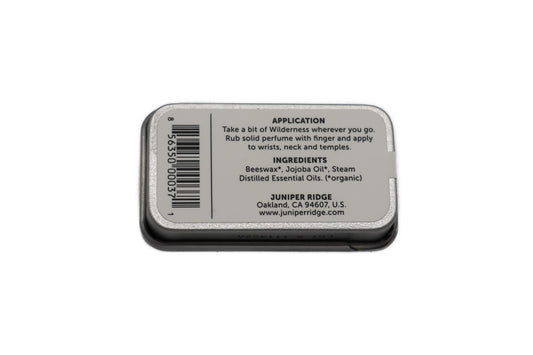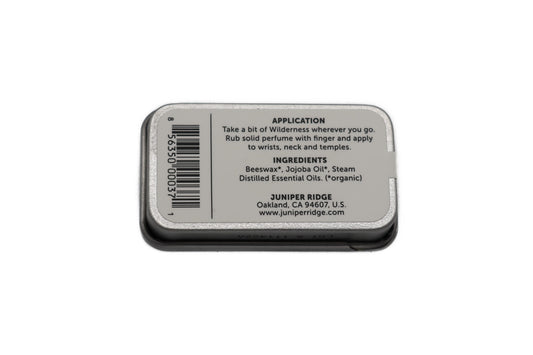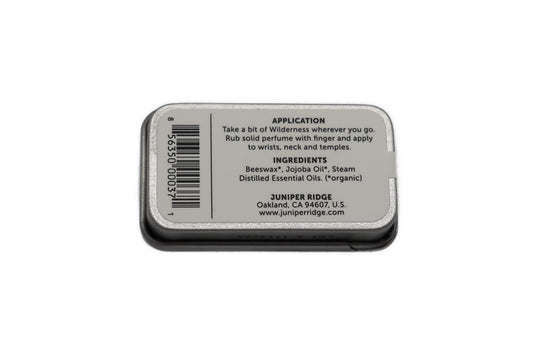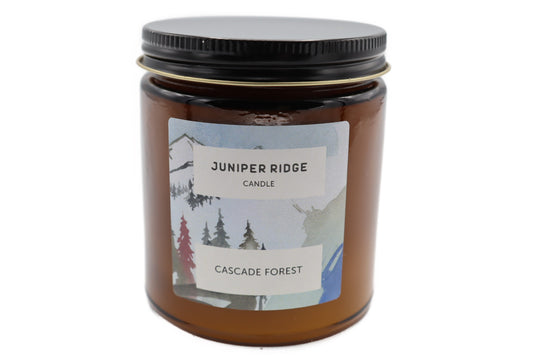What makes Juniper Ridge's scent so unique?
The scent of Juniper Ridge is the scent of the wilderness, the untouched nature, the vastness of California's west coast. Juniper Ridge - this is the scent of the enchanting redwood forests with their breathtaking sequoias, deep gorges and the waterfalls that slowly spread their fine spray on the lush, fresh forests with their green succulent herbs, bark and moss. The traditional land of the Chochenyo Ohlone tribes, a tranquil and magical rainforest in the Pacific West of the United States. From the base of Mount Hood in Oregon, the highest mountain in the Cascades chain, to Oakland in California come the distinctive herbs that make up the scent of Juniper Ridge. The scent of freedom and untouched nature lets our spirit be free, we relax, breathe in the incomparable scent of wild herbs such as pine, fir, juniperus, resin and moss. The Juniper Ridge staff precisely traveled through this wild and untouched nature, perfecting the scents of the majestic landscapes. They slept under the stars of the Mojave Desert and hiked through the mighty redwood forests with their giant sequoias to bring us the aromatic scents of Juniperus from the west coast of the USA.
https://youtu.be/gyfOr6w5HsQ
What distinguishes the scent of Juniper Ridge?
Juniper Ridge uses sustainably harvested plants and ancient traditional distillation techniques for home and personal care. Juniper Ridge products are handcrafted in Oakland, California. Feel the call of the wild and bring this distinctive scent home!
In 1998, Hall Newbegin, founder of Juniper Ridge, began selling his home-made products made from wild-harvested plants in small batches at the Berkeley Farmers Market. His goal was to capture those unmistakable scents of juniper, pine, fir, moss and resin.
He died June 20. A member of the Juniper Ridge family, Leah Fritts now continues his work. Today, Juniper Ridge is a women-owned, independent company.
What does Juniper Ridge mean by upcycling?
From start to finish, Juniper Ridge handcrafts its products to reflect its relationship with the environment. Juniper Ridge combines wild and sustainably harvested plants with upcycled trees. Upcycling means: make new from old.
Waste products that seem to have become useless are converted into new materials with the help of up-cycling. Unlike recycling or downcycling, upcycling involves upgrading the material. The recycling or subsequent use in upcycling reduces the use of raw materials. Upcycling increases the value of the original product.
At Juniper Ridge, trees that were removed to fight the fire are used as upcycling material.
Juniper Ridge creates essential oils from scratch.
https://www.youtube.com/watch?v=HjGvYiKcW5c
How is Juniper Ridge's wonderful fragrance made?
After collecting the organic material in the forests of Oakland California, Juniper Ridge uses time-honoured perfumery techniques to steam-distill essential oils. The pure and authentic oils form the basis for Juniper Ridge's hand-bottled and sustainably packaged personal care products. Juniper Ridge uses only pure natural oils, never synthetic perfumes. All Juniper Ridge products are free from parabens, phthalates, preservatives and colorings. Juniper Ridge believes it is important to demonstrate respect for the environment at all levels, so all Juniper Ridge products are cruelty-free and packaged in Sustainable Forestry Initiative (SFI) paper.
Juniper Ridge brings you closer to the wild places without toxic and artificial chemicals.
What commitment to nature characterizes Juniper Ridge?
Inspired by nature, Juniper Ridge believes it is critical to care about the environment. That's why Juniper Ridge created its Western Wilderness Defense Fund. Each year, through its Wilderness Defense program, Juniper Ridge donates 10% of its profits or 1% of its sales (whichever is greater) to organizations fighting for wilderness preservation. Hall Newbegin, the founder of Juniper Ridge, started Juniper Ridge with small donation checks of $100, sometimes even less. Today, Juniper Ridge is able to donate over a quarter million dollars to wilderness conservation organizations. Juniper Ridge brings the spirit of the wild into our everyday lives, so Juniper Ridge is committed to protecting the wild places that inspire us. Juniper Ridge knows that if we don't do something to protect the wilderness, it will disappear.
What social commitment distinguishes Juniper Ridge?
Juniper Ridge is located on the traditional lands of the Chochenyo-speaking Ohlone people and the Muwekma Ohlone tribe. Juniper Ridge respects this country. Juniper Ridge is committed to recognizing the names of these lands and community members of the more than 200 California First Nations who live together, and honoring their traditional and ecological knowledge.
At the end of each year, Juniper Ridge gives back to organizations that protect ecosystems, fight for climate justice, and advocate for an intersectional and social justice framework of human-nature relationships through the Western Wilderness Defense Fund.
Juniper Ridge's total giving over the past two decades is a quarter of a million dollars, and Juniper Ridge is grateful that giving continues this year.
What does Juniper Ridge mean by "wildfire resiliency"?
For a quarter of a decade, Sierra Forest Legacy has brought together land managers, scientists and organizations to restore the ecosystems of the Sierras. With unprecedented droughts, rising temperatures, and other man-made environmental changes, Juniper Ridge has seen megafires like Dixie and Caldor become a regular occurrence in recent years. Sierra Forest Legacy uses a model of forest restoration that supports the mountain range's symbiotic relationship with fire.
Many ecosystems in California actually evolved from frequent fires, and Indigenous tribes used what is known as the "cultural burn." Ecosystem support has been fueled by controlled, intentional fires for thousands of years. Along with many other initiatives, Sierra Forest is doing vital work in advocating for the incorporation of cultural burning and other fire-use techniques across the region.
https://youtu.be/aW-9jca2ztc

